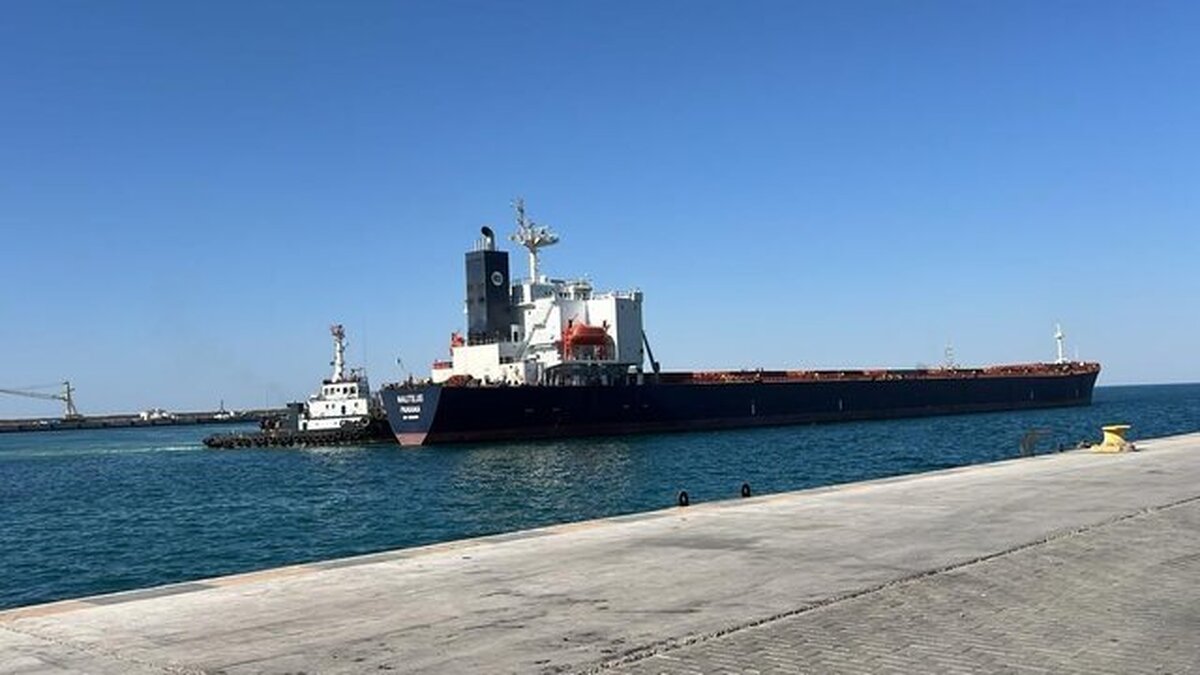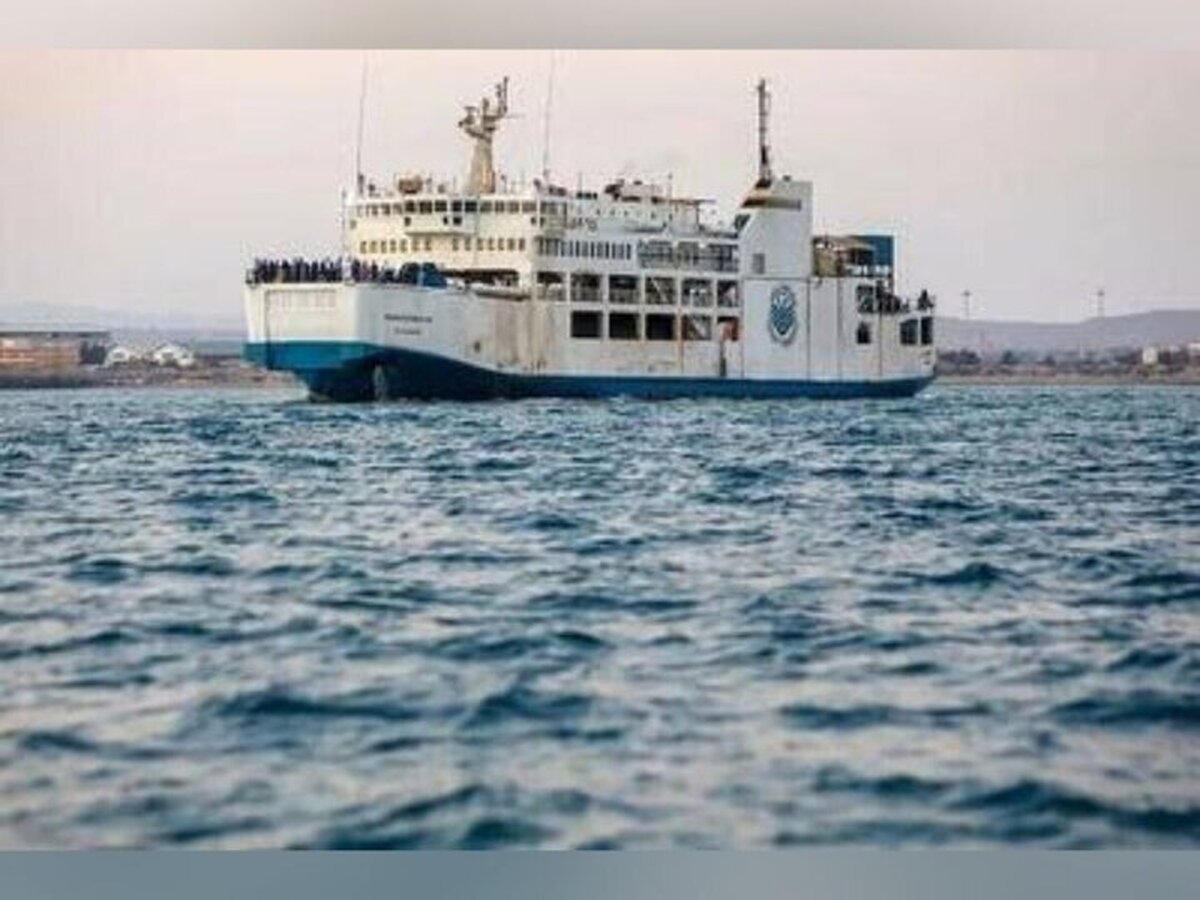
Regular Shipping Services Launched With Syria
EghtesadOnline: A new shipping line will connect Bandar Abbas in the southern Hormozgan Province to Latakia, the main port city of Syria.
According to the chairman of Iran-Syria Chamber of Commerce, monthly shipping services will become available for exports to Syria.
“The first consignment will be sent to Latakia on March 10. Vessels might be scheduled to carry freight to Syria twice monthly if need be,” Kayvan Kashefi was also quoted as saying by IRIB News.
Noting that previously, Iran’s exports had to be stored in Bandar Abbas to reach a certain amount before being forwarded to Syria, Kashefi said, “There isn’t any limit regarding the export volume, as both container ships and bulk carriers will be used on this route.”
Bilateral Trade
A total of $73 million worth of commodities were exported to Syria during the first eight months of the current Iranian year (March 20-Nov. 20), according to director general of Trade Promotion Organization of Iran’s Arab and African Affairs Department.
“Syria, in return, exported close to $10 million worth of goods to Iran over the same period,” Farzad Piltan was also quoted as saying by IRNA.
Last year (March 2019-20), bilateral trade between Iran and Syria reached $170 million, with Iran’s exports accounting for around $160 million of the total sum.
“Our main exported products last year were auto spare parts, pharmaceuticals, iron and steel bars, pipes and profiles, gas turbine parts, copper wires, electrical conductors, infant formula, pistachio, faucets, sodium carbonate and yeasts while our imports mainly included phosphate, olive oil, vegetables, fruit and textile,” he said.
Piltan noted that until the fiscal 2010-11, bilateral trade stood at $550 million.
“Our exports accounted for $520 million of the overall trade and the remaining $30 million were Syrian exports to Iran. But trade figures took a downturn until they picked up again and reached $105 million in the fiscal 2018-19,” he added.
Though Iran-Syria trade has been declining due to conflict in that country, hefty infrastructural damages inflicted on many Syrian cities has prepared the ground for renewed cooperation in the field of technical and engineering services, in which Iran has a competitive edge.
“Over the decade between 2008-19, Iran’s exports of technical and engineering services to Syria exceeded $2.2 billion. These include, but are not limited to, the launch of automotive production lines, construction of electrical substations, bridges, refineries, silos, oil refineries, starch production lines, power plants, cement, glass and flour production factories and the design and installation of electrical transformers and water facilities,” Piltan said.
Free Trade Agreement
The TPO official noted that Tehran and Damascus have a free trade agreement that can have a significant impact on easing trade between the two sides, adding that Syria’s high demand for agricultural products, foodstuff, home appliances, pharmaceuticals, construction material, sanitary ware, agro machinery and equipment, and Iran’s capabilities in these areas, coupled with the reasonable prices and high quality of its products, can help boost commercial interactions between the two sides.
Syria and Iran concluded a free trade agreement in February 2012, which included reducing customs duties to 4% on goods traded between the two countries, cancelling all quantitative restrictions and lifting the ban on imports with immediate effect.
The agreement, which came into force on March 12, 2012, allowed commercial trucks to pass between the two countries through Iraq.
In May 2015, Syrian President Bashar al-Assad signed a law ratifying a $1 billion credit line from Iran.
The Syrian news agency SANA reported that the two government-owned banks, the Syrian Commercial Bank of Syria and Export Development Bank of Iran, signed a credit line agreement that helps Syria buy goods and fund projects,
Syria Prime Minister Imad Khamis signed 11 agreements in various fields with Iran’s First Vice President Es'haq Jahangiri, during the latter’s visit to Syria in January 2019.
The agreements included railroad infrastructure, housing, public works, geomatics, investment and anti-money laundering, cultural and educational cooperation, in addition to a memorandum of understanding for cinematic collaboration between the National Film Organization in Syria and Iranian Organization of Cinema and Audiovisual Affairs, according to SANA.
The Iran-Syria Chamber of Commerce, which sponsors trade agreements between Iran and the Syrian government, was founded in January 2019.
In September, the chamber concluded a contract with an Iranian company to export Syrian olive oil to Iran, which could reach 5,000 tons annually.
A meeting between officials of Iran Chamber of Commerce, Industries, Mines and Agriculture and those of Damascus Chamber of Commerce in Tehran earlier this year resulted in a set of new agreements between the governments of Syria and Iran in various fields.
During the meeting held on Feb. 4, deputy chairman of the joint chamber of commerce, Fahad Darwish, announced the completion of the establishment of an Iranian trade center in the Damascus Free Zone and announced the establishment of two more centers, Syrian nonprofit media organization Enab Baladi reported.
The official said the Iranian trade center in Damascus free zone is ready to receive Iranian goods and distribute them in Syria and the neighboring countries, stressing that the center is likely to start operating within three months.
Darwish also announced the establishment of two joint free zones in the town of Hasya in the provinces of Homs and Latakia, according to Al-Watan newspaper.



